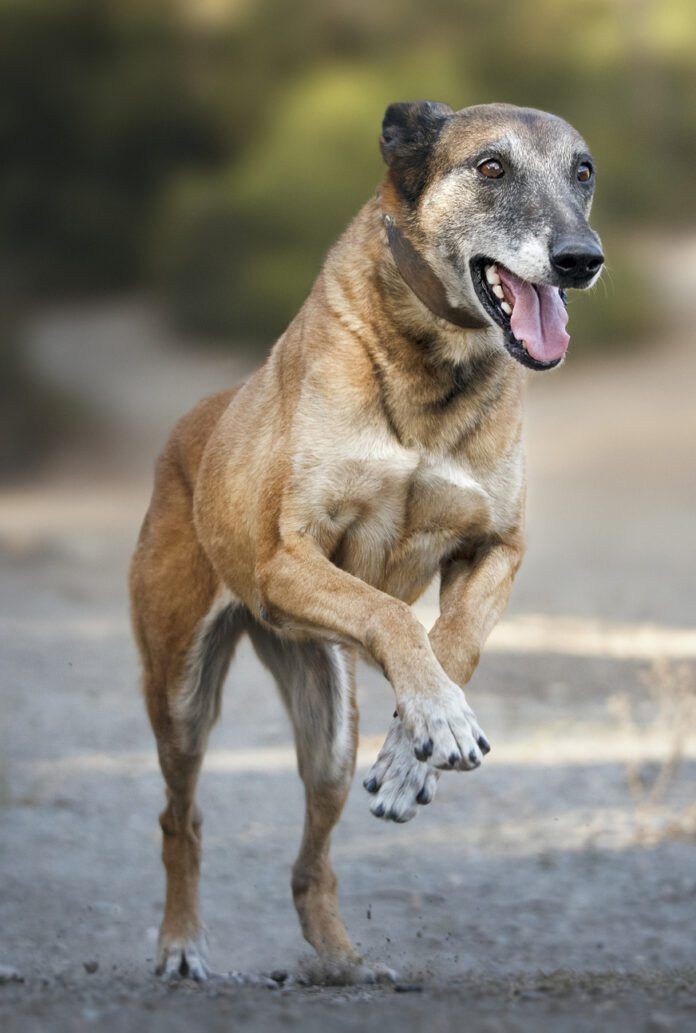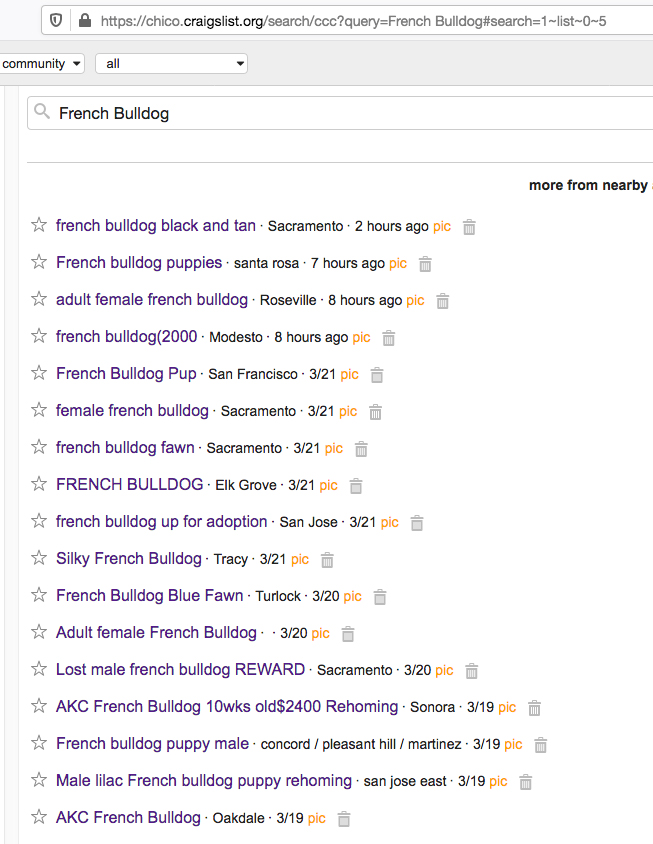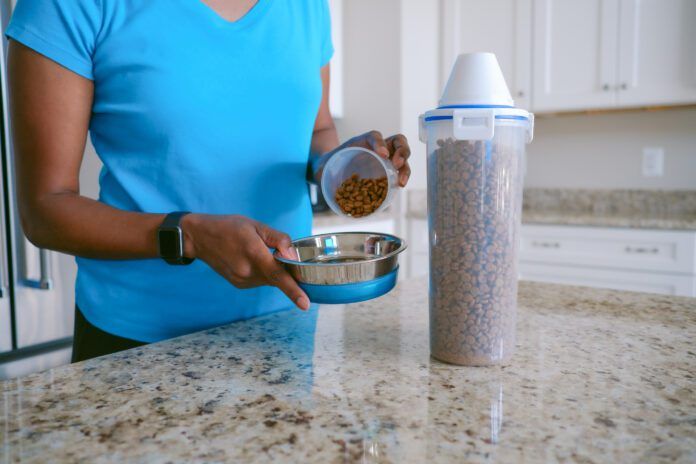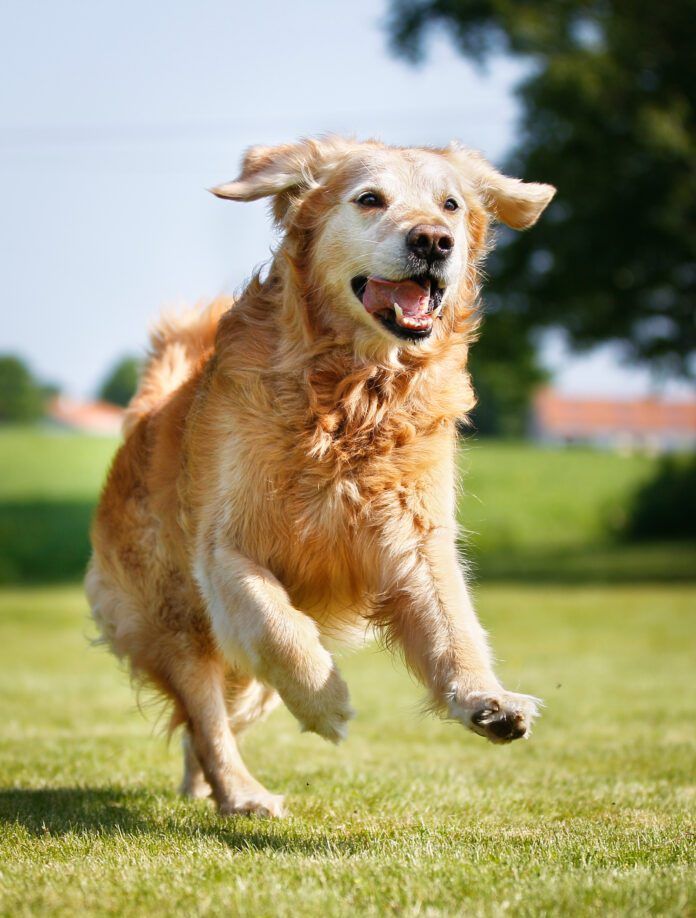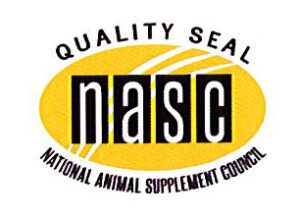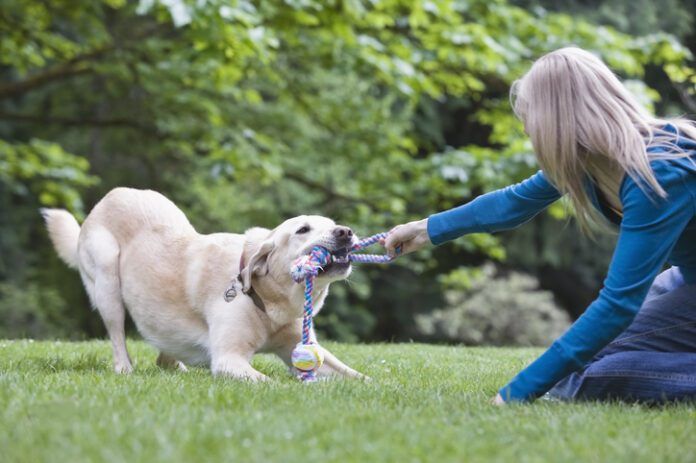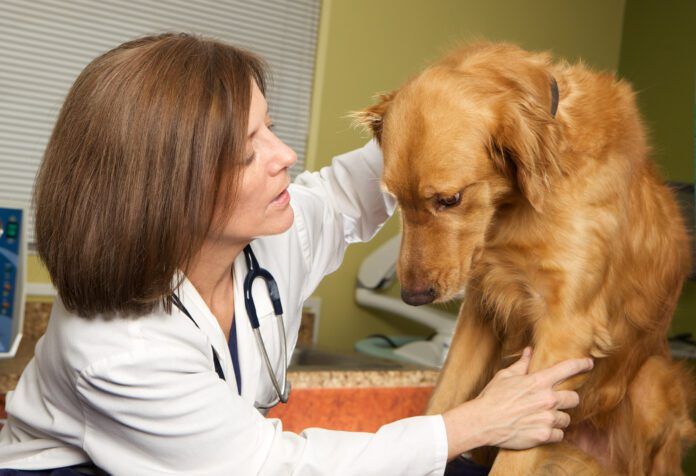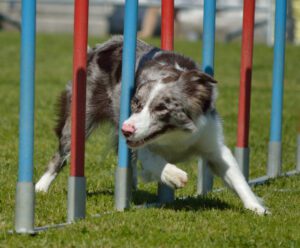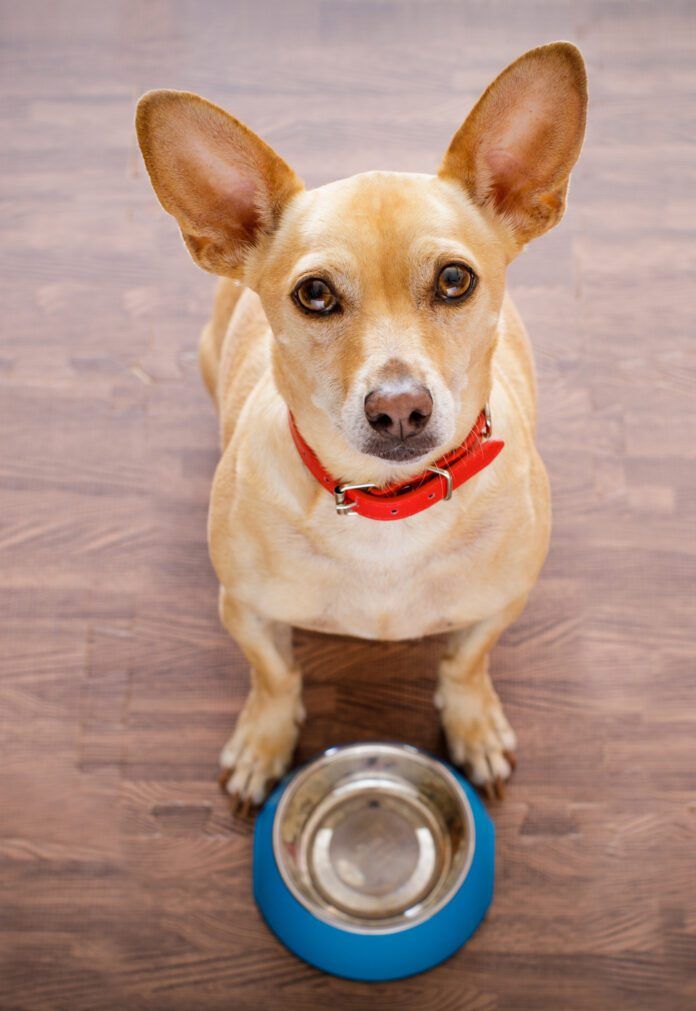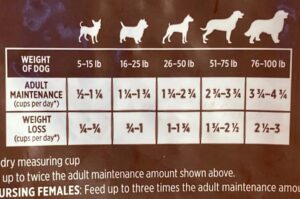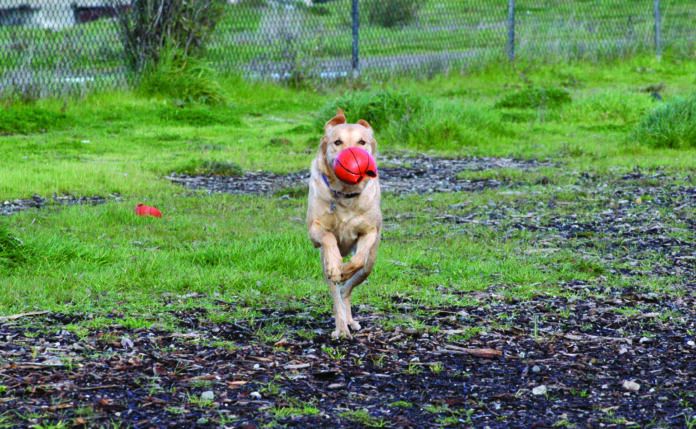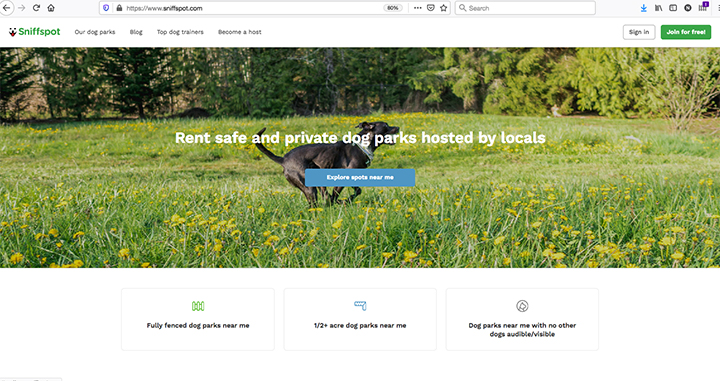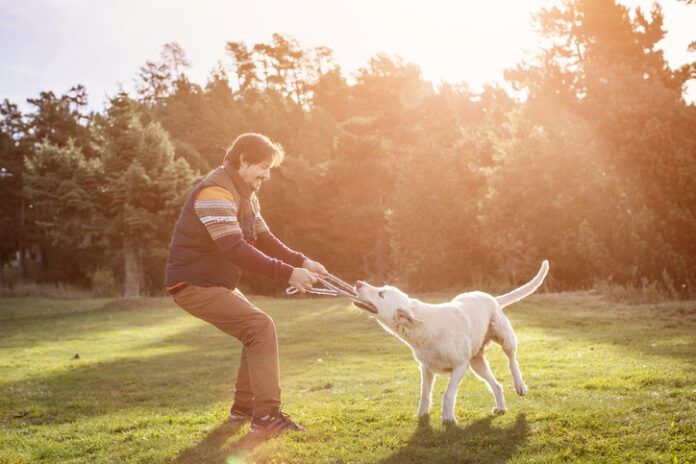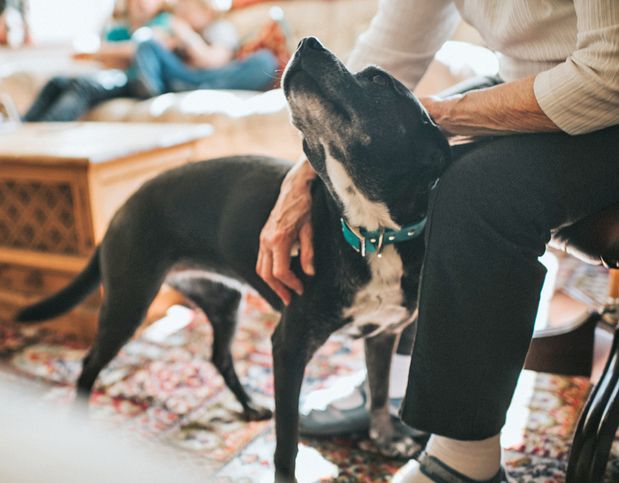Vitamin E is good for dogs, but information about vitamin E dosages may make your head spin. Suggested dosages of vitamin E for dogs appear to be all over the place. To make matters worse, dosages may be listed in International Units (IUs) or milligrams (mgs).
Piling on to the confusion is that there are two main forms of vitamin E—natural and synthetic—and they have different potencies and, therefore, different vitamin E dosages. It’s a lot to take in, but we have the answers you need about vitamin E supplements for dogs.
What Is Vitamin E?
Vitamin E is an antioxidant, which means it helps protect cell membranes throughout the body. It is involved in fat metabolism, helps keep the immune system healthy, and improves fertility. It has benefits for your dog’s skin, coat, muscles, and vision.
Although vitamin E is safe for dogs, not every dog need a supplement. Canine vitamin E deficiency is rare, and most dogs get plenty in a complete and balanced diet. Your veterinarian can run blood tests to see if your dog is truly deficient if you’re concerned.
Signs of vitamin E deficiency include:
- vision problems
- painful inflammation of body fat (steatitis)
- muscle inflammation or weakness
- neurologic derangements
Topical vitamin E oil is safe to use on dogs. The ingredients should list alpha tocopherol and an oil, like virgin olive oil. You can use it on irritated or crusty skin patches, dry cracked noses, and paw pads.
Vitamin E with Fish Oil
Dogs on fish oil may benefit from adding vitamin E. The polyunsaturated fatty acids in fish oil that are so good for your dog can deplete vitamin E stores over time. The small amount of vitamin E in fish oil supplements is basically there as a preservative, usually in amounts too small to enhance levels in your dog. The most common recommendation for vitamin E supplementation in dogs receiving fish oil is 400 IU vitamin E for every 1,000 mg of fish oil.
Vitamin E Dosages for Dogs
To calculate the proper dose of vitamin E for your dog, you first need to determine which type of vitamin E is in the bottle you purchased:
- The natural form of vitamin E is called d-alpha tocopherol (d-).
- The synthetic form of vitamin E is called dL-alpha tocopherol (dL-).
The natural form is much more potent than the synthetic form and is the best form to use.
Next, you’ll have to do some math. Remember this: 1 mg of natural (d-) vitamin E equals 2 mg synthetic (dL-) vitamin E.
You may also need to convert IU to mg or mg to IU, which isn’t difficult:
- For natural (d-) vitamin E:
- IU x 0.67 = mg
- mg x 1.5 = IU
- For synthetic (dL-) vitamin E:
- IU x 0.45 = mg
- mg x 2.22 = IU
So, using these formulas, here are examples:
- 200 IU d-alpha tocopherol (natural vitamin E) = 134.5 mg of vitamin E
- 200 IU dL-alpha tocopherol (synthetic vitamin E) = 90 mg of vitamin E
Of course, that still doesn’t answer the question about how much vitamin E to give your dog, except fish oil, as mentioned above. So, in our chart below, we share a few problems that may benefit from vitamin E supplementation for your dog, with suggested dosages.
Please note these dosages are taken from respected veterinary drug formularies but are all off-label recommendations. Never give your dog a supplement of any type without first talking with your veterinarian.
Sample Vitamin E Dosages
Always talk with your veterinarian about uses and dosages before supplementing vitamin E.| Ailment | Vitamin E Dosage |
|---|---|
| Allergies | 8.1 mg/kg body weight (BW) by mouth once a day |
| Arthritis | 400 IU/dog once a day |
| Exocrine Pancreatic Insufficiency (EPI) | 20 to 25 IU/kg BW once a day for 30 days, or 10 to 20 IU/kg BW twice a day for 4 weeks then once a week, or 100 to 400 IU/dog once a day for 4 weeks then once a week |
| Liver disease | 10 IU/kg BW once a day or 50-400 IU/dog once a day |
| Ischemic dermatopathies, mange | 200 to 800 IU once a day, based on the dog’s size |
| Scotty Cramps | 125 IU/kg BW once a day |
| English Cocker Spaniels with Retinal Pigment Epithelial Dystrophy (RPED) | 600 to 900 IU twice a day |
| Degenerative myelopathy | 2,000 IU twice a day |
Vitamin E Overdoses
Vitamin E is generally safe in dogs, with overdosage issues rarely seen. Inadvertent, acute overdose usually results in gastrointestinal upset, with vomiting and diarrhea. Chronic overdose can cause issues with decreased absorption of the other fat-soluble vitamins (A, D, and K). Dogs with low vitamin K levels given too much vitamin E may have clotting problems that result in excessive bleeding.


